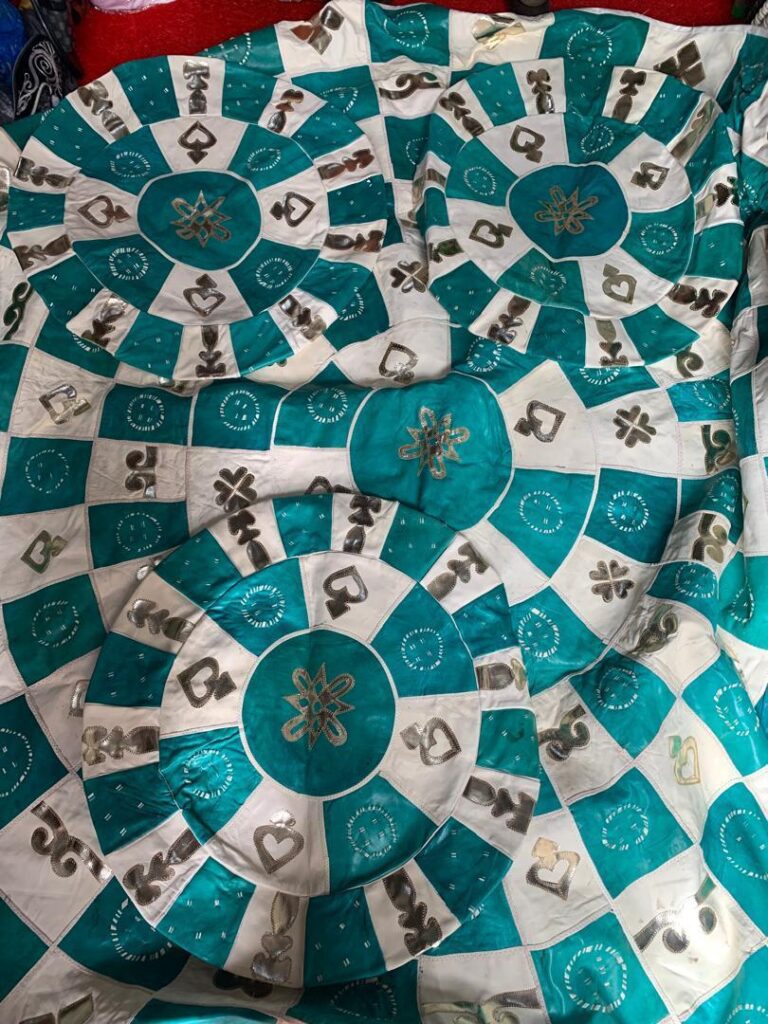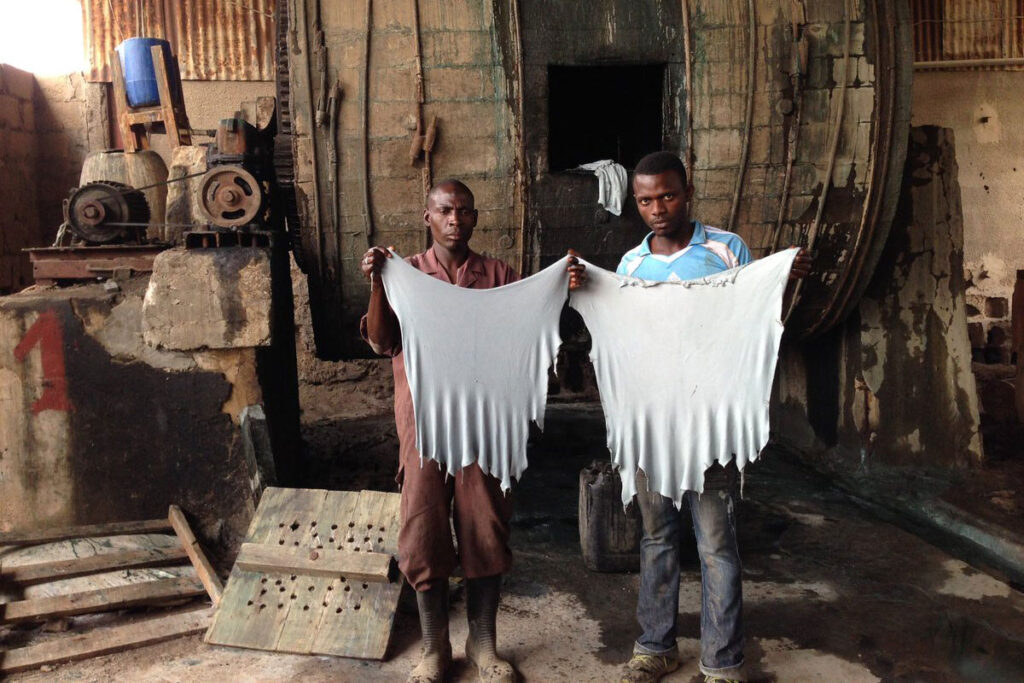
From Tradition to Global Prestige: The Rich Heritage and Economic Power of Sokoto Leather
1. History of Leather Works in Sokoto.
Located in the northwestern region of Nigeria, has a long and rich history of leather craftsmanship that dates back several centuries. The tradition of leatherworking in Sokoto is deeply rooted in the cultural heritage of the Sokoto Caliphate, which was established in 1804 by Usman dan Fodio. The region quickly became a center of Islamic learning and trade, with leather being one of its most valuable commodities.
Historically, leather from Sokoto, particularly the famous “Sokoto Red Goat” skin, has been highly prized for its exceptional quality, durability, and unique red hue. This leather was not only used locally but also exported to various parts of Africa, the Middle East, and Europe. Artisans in Sokoto have honed their skills over generations, passing down traditional techniques that have stood the test of time. These techniques include tanning, dyeing, and intricate handcrafting, which have become synonymous with Sokoto leather products.



2. Economic Impact of Leather Works in Sokoto
The leather industry in Sokoto plays a significant role in the local and national economy. As one of Nigeria’s key non-oil exports, Sokoto leather contributes to the country’s diversification efforts. The industry provides employment opportunities for thousands of people, ranging from cattle rearers and traders to skilled artisans and marketers.
The economic impact of leather works in Sokoto extends beyond job creation. The industry has stimulated related sectors, such as livestock farming, transportation, and trade. Sokoto’s leather products, especially footwear, bags, and traditional goods, are in high demand both locally and internationally, generating substantial revenue. The craftsmanship of Sokoto leather artisans is celebrated, and their products often fetch premium prices in global markets.
Efforts to modernize and expand the industry, including government support and investment in leather processing facilities, have further boosted its economic significance. As Nigeria continues to explore ways to enhance its non-oil sectors, the Sokoto leather industry is poised for even greater growth.


3. Local Market Sourcing of Sokoto Leather
The local sourcing of materials is a cornerstone of Sokoto’s leather industry. The leather primarily comes from the skins of goats, sheep, and cattle raised in the region. The arid climate and traditional livestock rearing practices in Sokoto contribute to the unique characteristics of the leather, particularly its texture and durability.
Local tanneries in Sokoto are responsible for processing raw hides into finished leather. These tanneries employ traditional methods, including the use of natural dyes and vegetable tanning processes, which are eco-friendly and enhance the leather’s quality. The finished leather is then supplied to local artisans who create a variety of products, from traditional Hausa slippers (known as “kuka”) to contemporary fashion items.
The local market for Sokoto leather is robust, with many artisans and traders selling their products in local markets, such as the famous Madunka Market, just a few meters to the Sultan palace. .
These markets attract buyers from across Nigeria and neighboring countries, reinforcing Sokoto’s status as a center of leather trade.
In recent years, there has been a growing interest in promoting Sokoto leather in the global fashion industry. Designers and brands are increasingly sourcing high-quality leather from Sokoto for use in luxury goods, further enhancing the international reputation of Sokoto leather and expanding its market reach.